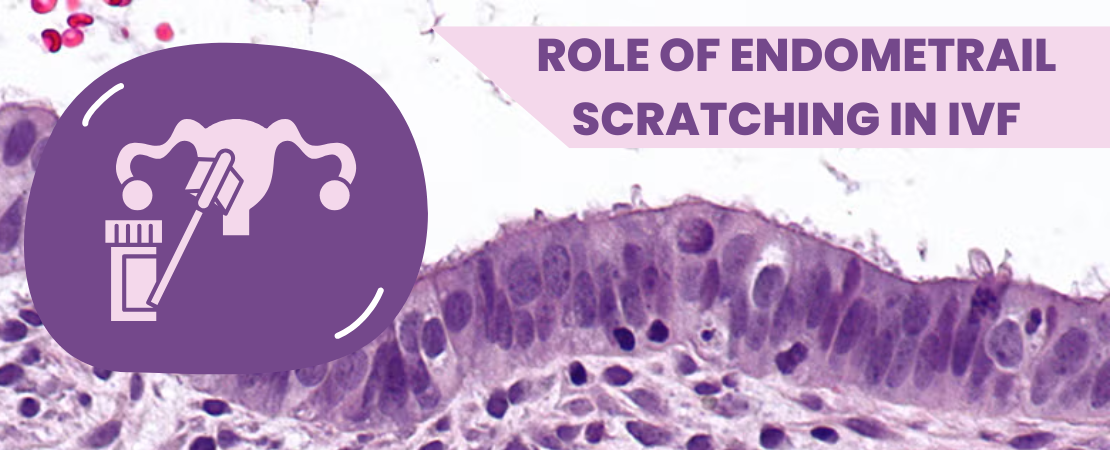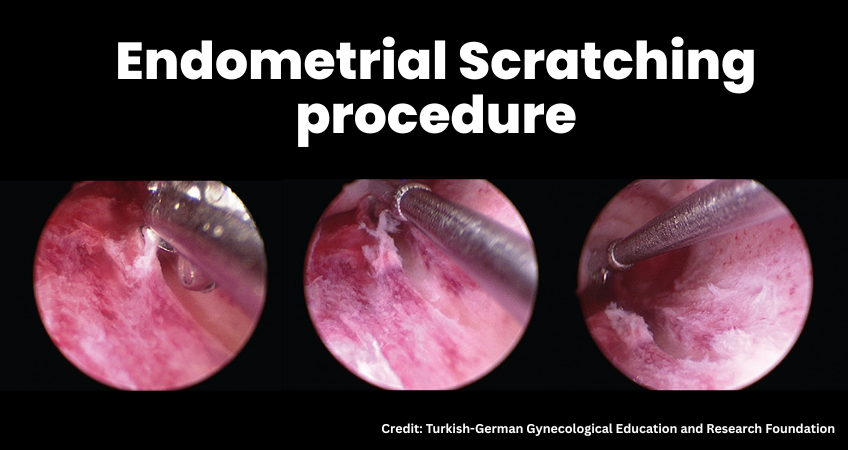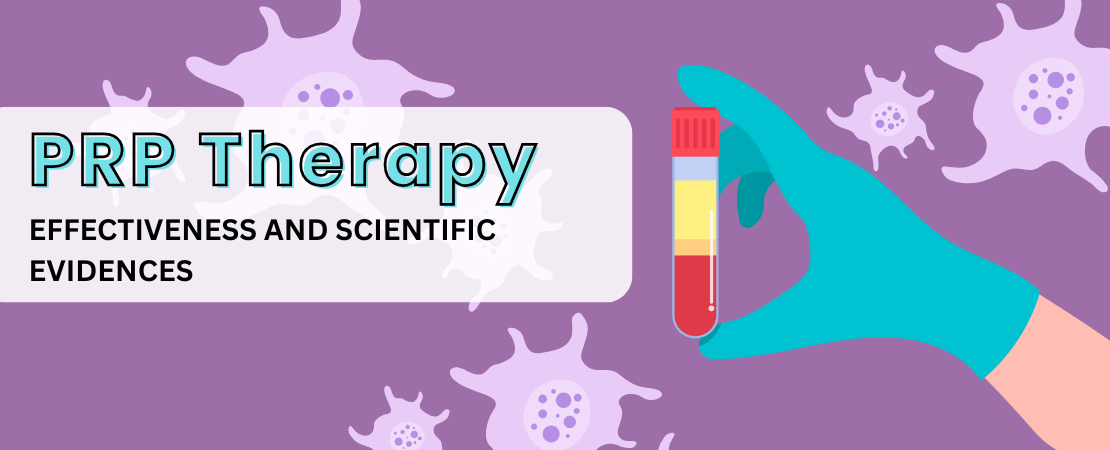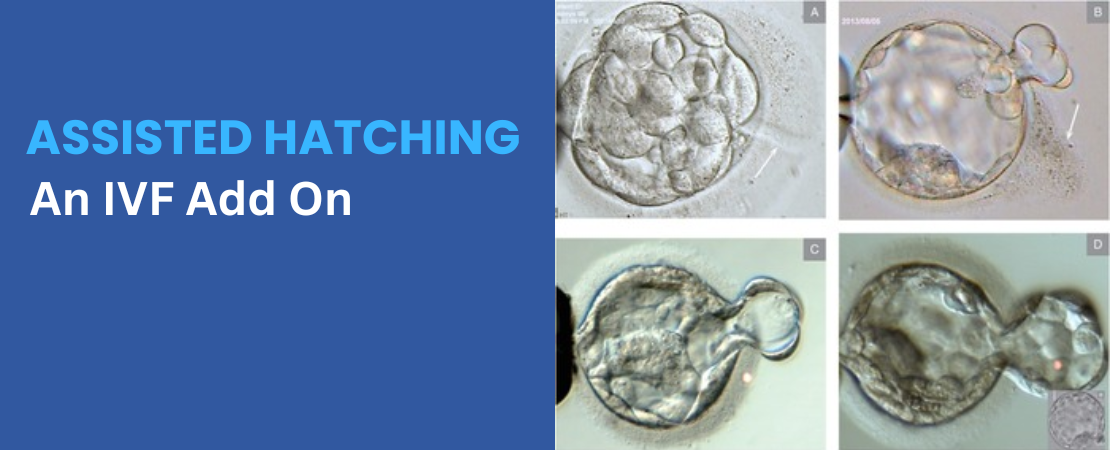
For many couples or individuals on the journey to parenthood, the path isn’t always smooth. When months of trying turn into years, and even advanced fertility treatments like IVF don’t yield results, it can be emotionally and physically exhausting. One procedure that quietly enters the scene for some is endometrial scratching — a seemingly small step that may play a pivotal role in achieving pregnancy.
What is Endometrial Scratching?
To address implantation failure in infertility treatments, various techniques are employed to boost the chances of embryo implantation. Endometrial scratching, performed prior to embryo transfer (ET), is one such method.
Endometrial scratching is a minor medical procedure where a doctor gently scratches the lining of the uterus (known as the endometrium) using a thin, sterile instrument. While the term “scratching” might sound harsh, the procedure is safe, brief, and minimally invasive — usually completed within minutes in a clinic setting without anesthesia.
But why would intentionally injuring the uterine lining be considered beneficial? The answer lies in the body’s natural healing response.
Why is Endometrial Scratching Done?
The concept behind this procedure is rooted in science and reproductive medicine. Early research into endometrial scratching began in 1907 with Loeb’s discovery of rapid cell growth in guinea pig uteri following injury. Building on this, a 2003 study by Barash et al. demonstrated that intentionally injuring the endometrium through biopsies during specific days of the menstrual cycle improved IVF pregnancy rates. This improvement was attributed to the release of growth factors and cytokines during the healing process, which enhanced endometrial receptivity.
When the endometrial lining is disturbed, the body activates a natural inflammatory response. This process releases substances like growth factors and cytokines — biochemical messengers that may improve how receptive the uterus becomes to an embryo.
In simpler terms, scratching the uterine lining may signal the body to prepare the area for implantation, almost as if saying, “Get ready — something important is coming.”
This technique is particularly considered for women who have experienced repeated IVF implantation failure, or whose embryos are of good quality but still fail to implant.

How Endometrial Scratching May Help in Infertility Treatment
Although it is not a routine part of every fertility protocol, endometrial scratching may be recommended for:
- Unexplained infertility where no underlying cause has been identified
- Repeated IVF failure, especially after two or more unsuccessful embryo transfers
- Thin or under-responsive endometrial lining
- Enhancing uterine receptivity in preceding cycle in preparation for a future IVF or frozen embryo transfer (FET) cycle
While not a definitive solution for everyone, it offers hope — especially for those who feel they’ve tried everything without success.
Scientific evidences backing this theory:
- Stimulating the endometrium locally leads to decidualization, which is thought to enhance embryo implantation.( Li R, Hao G. Local injury to the endometrium: its effect on implantation.)
- The healing process following endometrial scratching results in a surge of immune cells (macrophages and dendritic cells) and inflammatory molecules (TNF-α, growth-regulated oncogene-α, and MIP-1B). These factors are believed to create a more favorable environment for embryo implantation. Specifically, TNF-α and MIP-1B are found in high concentrations during the implantation window, highlighting the role of inflammation in making the endometrium receptive. (Local injury of the endometrium induces an inflammatory response that promotes successful implantation. )
- Ovarian stimulation during IVF can lead to elevated estrogen levels, causing premature progesterone increases. This causes an advancement of endometrium development relative to the embryo. Implantation success is compromised when the endometrium differentiates too quickly, outpacing the embryo’s developmental stage. Endometrial scratching in the preceding cycle may help synchronize the endometrium’s development with the embryo by suppressing excessive proliferation. ( Li R, Hao G. Local injury to the endometrium: its effect on implantation.)
Does It Help with Diagnosing Infertility?
Interestingly, while its primary use is therapeutic, the procedure can occasionally uncover underlying issues. For example, during the scratch, your fertility specialist might detect:
- Endometrial infections or inflammation
- Uterine abnormalities such as polyps or fibroids
- Signs of chronic endometritis, which can interfere with embryo implantation
A small biopsy may be taken at the same time to evaluate the health and receptivity of the uterine lining.
How and When is Endometrial Scratching Performed?
Timing is everything in reproductive medicine. Endometrial scratching is typically performed in the luteal phase of the menstrual cycle, which is around day 21 in a regular 28-day cycle. This is about a week before your expected period.
- The endometrium is gently abraded using a narrow 3mm catheter called a Pipelle®.
- This involves inserting the catheter through the cervix to the top of the uterus (fundus) and then moving it in a circular motion to stimulate the endometrial lining (as illustrated in Figure 1).
- If further diagnostic evaluation is needed, such as for chronic endometritis, plasma cells, or uterine natural killer cells, a Pipelle® biopsy can be taken during the same procedure.
Most fertility clinics perform the scratch in the cycle before your embryo transfer. This allows the body time to heal and possibly improve conditions for the upcoming transfer. This is considered a safe procedure with minimal risk of complications. Endometrial scratching is usually performed in an outpatient setting without anesthesia, and most patients experience only mild discomfort.
What to Expect During the Procedure
The procedure itself is very similar to a pap smear or endometrial biopsy:
- You’ll lie back while a speculum is gently inserted to access the cervix.
- A thin, flexible catheter is passed through the cervix into the uterus.
- Your doctor moves the catheter gently to “scratch” or disrupt the uterine lining.
- The procedure is over in just a few minutes.
You may experience mild cramping or spotting, but this usually resolves quickly. Over-the-counter pain relief like ibuprofen can help manage discomfort.
Pre-Procedure Guidelines: Do’s and Don’ts
| DO’S | DON’TS |
| 1. Take a pain reliever an hour before your appointment. 2. Ask your doctor if antibiotics or other medications are needed beforehand. 3. Maintain regular communication with your fertility team regarding your cycle dates. | 1. Avoid intercourse for 24–48 hours before the procedure (unless otherwise advised). 2. Don’t use tampons or vaginal creams before the appointment. 3. Avoid scheduling it during active infection or heavy bleeding. |
Post-Procedure Care: What to Know
After the procedure, most women go about their day as usual, though some may feel mild discomfort. Here are a few things to keep in mind:
| DO’S | DON’TS |
| 1. Use a panty liner for light spotting. 2. Take it easy if you feel crampy or fatigued. 3. Resume normal activities unless your doctor advises otherwise. | 1. Avoid tampons — use pads or liners instead. 2. Skip sexual activity for 1–2 days afterward, or until spotting stops. 3. Avoid strenuous exercise the day of the procedure. |
When is Endometrial Scratching Recommended?
Doctors may recommend endometrial scratching when:
- There have been two or more failed IVF cycles
- The endometrial lining has shown poor response in past cycles
- The cause of infertility remains unexplained
- The patient is part of a clinical trial or using specialized embryo transfer timing (such as an ERA test)
It is not generally recommended for women undergoing their first IVF cycle, unless there are specific concerns.
In Summary: A Small Procedure with a Big Purpose
Endometrial scratching may not be the magic bullet, but for those facing unexplained failures and mounting frustration, it can offer a sliver of hope. By potentially improving the uterus’s receptivity, it may help create the optimal environment for an embryo to implant and thrive.
If you’ve experienced repeated IVF failures or are exploring every possible path to parenthood, consult with a fertility specialist about whether endometrial scratching might be worth considering.
Additional references:
- Endometrial “Scratching” An update and overview of current research
- Human tumour necrosis factor: physiological and pathological roles in placenta and endometrium. Placenta. 2009;30:111–23. doi: 10.1016/j.placenta.2008.10.012. [DOI] [PMC free article] [PubMed] [Google Scholar]
- Lass A, Peat D, Brinsden P. Histological evaluation of endometrium on the day of oocyte retrieval after gonadotrophin-releasing hormone agonist-follicle stimulating hormone ovulation induction for in-vitro fertilization. Hum Reprod. 1998;13:3203–5. doi: 10.1093/humrep/13.11.3203. [DOI] [PubMed] [Google Scholar]
- 15.Ubaldi F, Bourgain C, Tournaye H, Smitz J, Van Steirteghem A, Devroey P. Endometrial evaluation by aspiration biopsy on the day of oocyte retrieval in the embryo transfer cycles in patients with serum progesterone rise during the follicular phase. Fertil Steril. 1997;67:521–6. doi: 10.1016/s0015-0282(97)80080-5. [DOI] [PubMed] [Google Scholar]
- 16.Fatemi HM, Popovic-Todorovic B. Implantation in assisted reproduction: a look at endometrial receptivity. Reprod Biomed Online. 2013;27:530–8. doi: 10.1016/j.rbmo.2013.05.018. [DOI] [PubMed] [Google Scholar]


